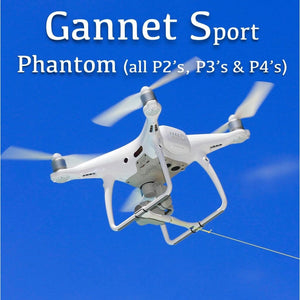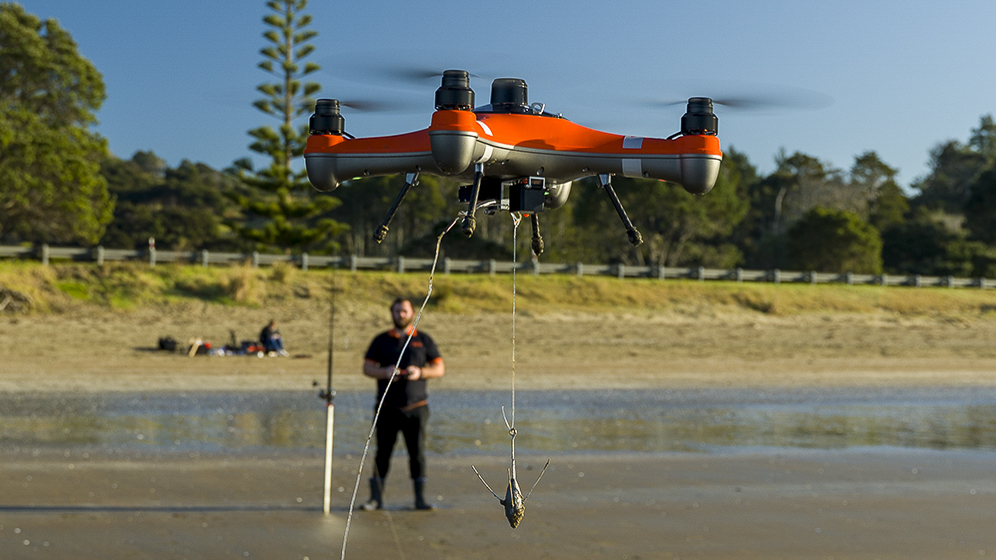
New Zealand has an exciting new method of fishing, drone fishing. This exciting new technique uses the latest in drone technology. It opens up a new world of fishing options. Drone Fishing NZ and DJI are the best places to buy a drone for fishing. GoFish cams, Splash drones, and custom built fishing rigs are also available.
Aerokontiki Drones
Sharkan's Fishhawk drone captures better images of what you are doing. This drone's camera is stabilized and shoots 12-megapixel photos and 4k UHD videos at 30 frames per second. You can even view the videos on your smartphone. You can view the videos on your smartphone with a spare battery and a flight time of up 23 minutes.
Mobula
Mobula drones are specifically designed to fly in the water. The drone can survive in wind up to 20 kph and is buoyant. It also comes with safety features like automatic return to the home, automatic payload delivery, and 3 release mechanisms. Your drone will automatically return back to the water when its battery goes flat. This means you won't have any worries about it getting lost.
Banks'
The growing popularity of the fishing drone has caught the attention anglers, as well as other enthusiasts. However, using a drone comes with its own set problems. A drone is not suitable to fish in too deep waters. If a drone crashes in the exact same place again, it can pose a problem. You can't always rely on the information in the video if that happens.

SplashDrone 4
For the ultimate in water sports and recreational use, Swellpro has created the waterproof SplashDrone 4 drone with a brand-new float platform. It's built for fishing parties and all types of water activities, and the drone is made of corrosion-resistant materials and industrial-grade ABS to withstand even the toughest conditions. The SplashDrone 4's patented Smooth+ flight control system gives the user complete control over the drone, which helps keep it stable in any situation. Its advanced technology makes it possible to capture every angle, every moment from the air.
Drone for Fisherman
New Zealand Fisherman Drone Fishermans are in for an amazing treat. Drone fishermen love snappers. Snapper are also beautiful and delicious to catch. These fish are found on the North and South Islands coasts. They often gather in large numbers during the springtime, when they spawn. You'll be able to catch these fish throughout the summer months, as well, as they are plentiful in the fall.
Flying a drone
These guidelines will help you ensure a successful trip if you plan to fly a drone to fish in New Zealand. The law should be understood. It is illegal to fly a drone within 500m of any marine life. Your drone will be confiscated or damaged if you are not aware of the surroundings.
Payload of a drone
Although you can buy a drone to fish, it is important to be aware of the payload. You will need to find a drone with a payload capacity to carry heavy fish and enough endurance to fly for a long time. If your drone is only used for a short time, it will not catch enough fish to be worthwhile. New Zealand's drone fishing is becoming more advanced.

FAQ
What are the rules of operation for drones?
Register your drone with the FAA. This registration involves information such as the weight, size, battery capability, and operating frequency. It also requires you to obtain an identification number from the FAA.
How can I keep drones out of my house?
Drones have become increasingly popular for home surveillance. But they also pose a security threat to privacy. Install motion sensors on your property to detect any unapproved flying objects. This will help you avoid being attacked by drones.
Flying with a drone?
Drones are increasingly becoming popular both for personal and commercial use. They are used to film, fly, map, rescue and search and rescue. Recent regulations regarding drones have been approved by FAA. They include new requirements for registration and licensing, pilot training, insurance, and other requirements. These changes will ensure that drones continue to be safe for all.
Do I need any special training to fly drones?
No, you don’t need any special training in order to fly your drone. You only need a remote controller unit and basic knowledge about flight mechanics.
Where are Drones Banned?
The FAA bans drones flying in restricted areas such as airports, stadiums or sporting events, nuclear power stations, hospitals, prisons, and other sensitive areas. They are allowed to fly at night by using GPS technology.
Statistics
- Research and Markets predict a growth rate of 51.1% over the next five years. (thedroneu.com)
- According to ZipRecruiter, the minimum hourly wage of drone pilots is $20. (thedroneu.com)
- According to the multiple listing service (MLS), houses and apartments with drone photographs are up to 68 percent more likely to sell than those without pictures. (thedroneu.com)
External Links
How To
How to Fly Drones with Beginners
A drone refers to a remote-controlled aircraft designed for aerial photography, surveillance and scientific research. Drone technology has been around since World War II. DJI introduced their Phantom series of quadcopters in 2010, but commercial use only began in 2010. From beginner-friendly drones such as Parrot AR Drone 2.0 through professional-grade multirotor craft like DJI Mavic Pro, many types have been available.
There are several ways to fly a drone, including;
-
Remote control – This is when you attach a device to your hand that allows you to control the drone's flight path. There are two types of controllers available: joysticks and on/off switches.
-
Manual Control - Using a smartphone app, this method allows users to remotely operate the drone via GPS coordinates. You will need to keep track of where the drone is going and follow the directions from the app.
-
Autonomous Flying - This allows the drone to take over all of the piloting duties. It's basically flying autonomously without any human intervention. For the autonomous flight to occur, the drone must have a built-in camera and sensors capable of capturing images and data.
-
Triggered Flight – This method is very similar to manual flight. The pilot creates a route that the drone will follow until it reaches the destination. The drone automatically lands once the route has been completed and returns to the base.
-
Landing Gear - Some drones come equipped with landing gear that allows them to land safely if they lose power or run out of battery during flight.
-
Goggles: Some pilots use goggles in order to protect themselves against debris when operating.
-
Camera - You can capture photos and videos with your drone from the air.
-
Obstacles-Some drones come with obstacle avoidance devices that keep them from hitting obstructions.
-
Speed - Drones can reach speeds up to 40 mph.
-
Battery Life - Most drones last between 20 and 3 hours depending on how much power they have.
-
Range - Some drones can travel upto 30 miles depending on their models.
-
Power source – Some drones require external power sources, others require internal batteries.
-
Weight - Some drones weigh less than 1 pound, whereas other models weigh up to 4 pounds.
-
Size - Drones range from small devices that fit in one's palm to large crafts that weigh more than 50 pounds.
-
Price - High-end drones can go for thousands of dollars, while low-cost models start at $100.